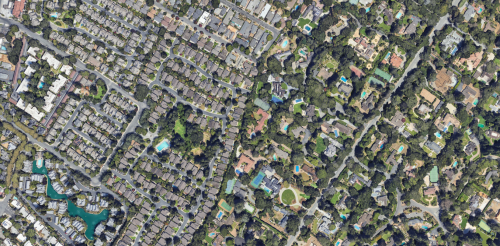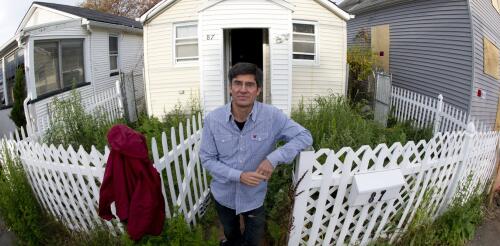US housing
The odd headlines about little towns in the San Francisco Bay Area just keep coming. First Woodside, a tiny suburb where several Silicon Valley CEOs have lived, tried to declare itself a mountain lion habitat to evade a new California law that enabled owners of single-family homes to subdivide their lots to create additional housing. Then wealthy Atherton, with a population of 7,000 and a median home sale price of US$7.5 million, tried to update its state-mandated housing plan. Until very recently, 100% of Atherton’s residentially zoned land allowed only single-family houses on large lots. When the City Council considered rezoning a handful of properties to allow townhouses, strenuous objections poured in from such notable local residents as basketball star Steph Curry and billionaire venture capitalist Marc Andreessen. A council member argued that the town should “express and explain the specialness of Atherton … to succeed in reducing [the state’s] ex...
After Hurricane Ida hit New Orleans in 2021, Kirt Talamo, a fourth-generation Louisianan, decided it was time to go. He sold his flooded home, purchased his grandmother’s former house on New Orleans’ west bank, which hadn’t flooded, and moved in. It felt good to be back within its familiar walls, but his mind was on the future. “My other house wasn’t supposed to flood, and now insurance costs are going through the roof; it’s bad,” he told us. “I wanted to keep my grandma’s place in the family, but I don’t know how much longer I can stay. I’d love to, but it’s unsustainable.” When hurricanes and other disaster strike, they often trigger presidential disaster declarations, opening the way for large sums of taxpayer money to flow to affected communities. Some of that money will go immediately to help people in need. Some will go to rebuild public infrastructure, like roads and levees. And some of it will...

